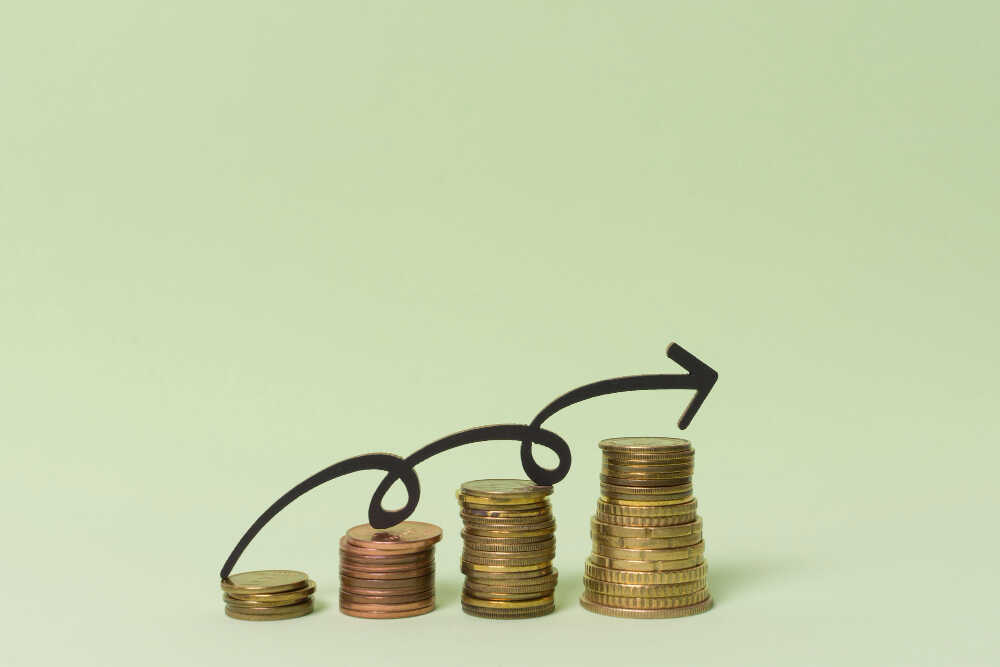
In the world of business, cash flow and profit often get used interchangeably, but they're not the same thing. Misunderstanding this difference can lead to financial troubles, even for successful businesses. Let's break it down and uncover why understanding these terms can make or break your business.
What Is Profit?
Profit is straightforward—it's the money left over after your business covers all its expenses. Profit shows whether your business is financially viable if you sell products or services.
There are two types of profits.
1. Gross Profit: This is your revenue minus the cost of goods sold (COGS). It shows how efficiently your business is producing or delivering its offerings.
2. Net Profit: This is what's left after deducting all expenses, including salaries, rent, and taxes. It's the bottom line—your actual earnings.
While profit is critical for measuring success, it doesn't always tell the full story of your financial health.
What Is Cash Flow?
Cash flow is about movement—the money coming into and going out of your business. Unlike profit, it focuses on timing. Positive cash flow means you have enough money to cover your immediate expenses, while negative cash flow indicates you might struggle to pay bills.
Cash flow is divided into three main areas:
Operating Cash Flow: Money from your core business activities, like sales and services.
Investing Cash Flow: Money spent or earned from investments, like buying equipment or selling assets.
Financing Cash Flow: Money from loans, investors, or repayments.
Even profitable businesses can face trouble if their cash flow isn't managed properly. After all, you can't pay your bills with future profit.
Why the Difference Matters
Here's an example: Imagine you run a furniture store and land a big deal. You invoice your client for $50,000, but they'll pay in 90 days. That $50,000 adds to your profit today, but you don't have the cash in hand to pay suppliers or employees.
Now, if your expenses for the next three months are $30,000, you're in trouble. On paper, you're profitable, but in reality, your cash flow is negative, and you could run out of money.
Avoiding Common Pitfalls
Here are some tips to balance cash flow and profit effectively:
1. Track Your Cash Flow Regularly: Use tools or accounting software to monitor incoming and
outgoing cash closely.
2. Separate Personal and Business Finances: Mixing the two can lead to confusion and
missed expenses.
3. Plan for Delayed Payments: Have a buffer to cover costs while waiting for invoices to be
paid.
4. Hire an Accountant: A professional can help you identify red flags and suggest solutions
before problems arise.
The difference between cash flow and profit isn't just about numbers but survival. Many businesses fail not because they're unprofitable but because they run out of cash. By staying on top of both, you can ensure your business thrives—not just on paper but in reality.